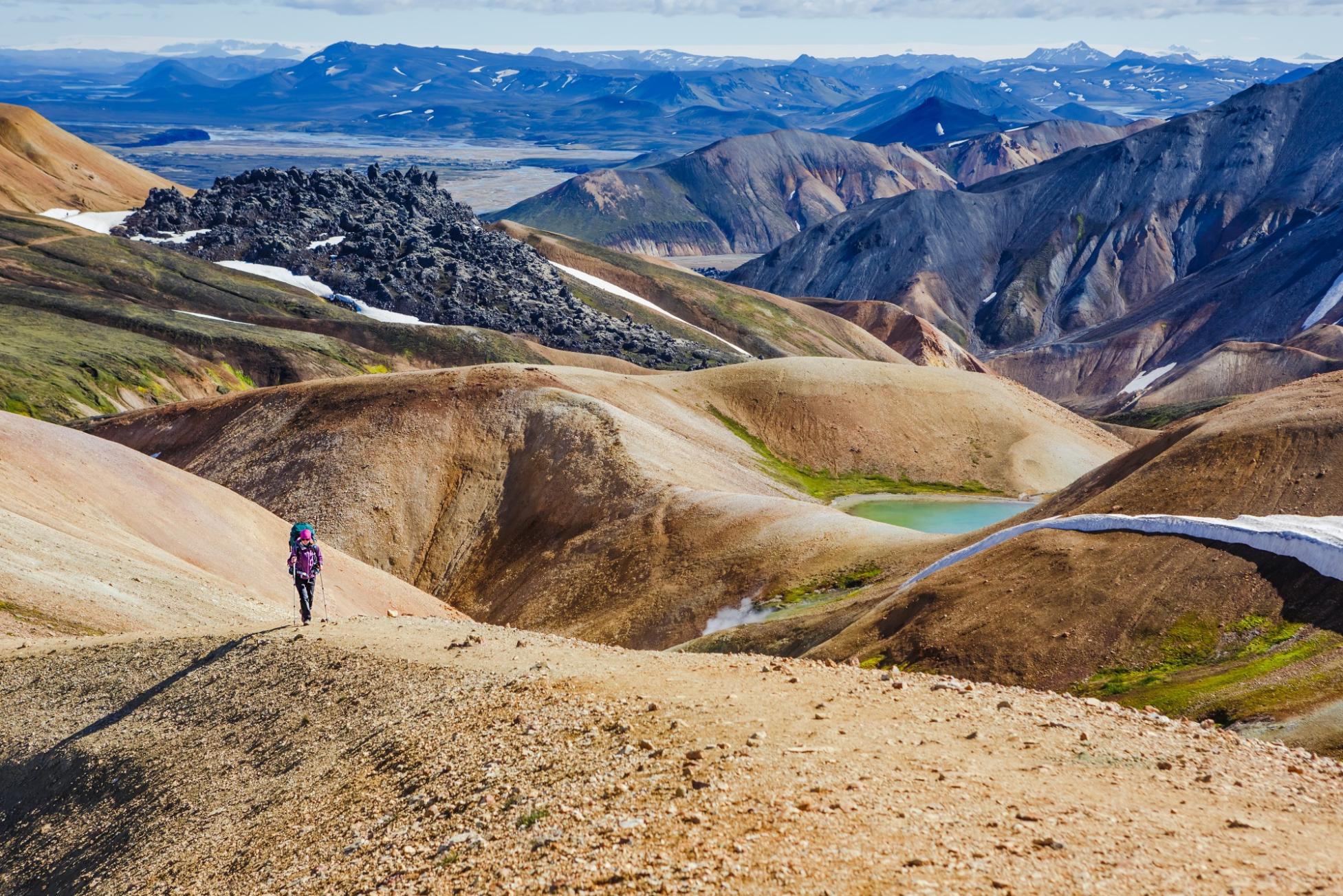I’ve visited Iceland on numerous occasions. The first time was back in 2011, for a week of solo travel along the southern coast. In the tiny village of Eyrarbakki I stared out at the churning ocean - a sign nearby read “Next Stop: South Pole 10,632 Miles”. I marvelled at the surreal beauty of icebergs on the black shores of Diamond Beach. The next time I visited Iceland was to hike rhyolite mountains and obsidian slopes on the Laugavegur trek, while most recently, I visited for a writing residency on Hrisey, a teardrop shaped island off the north coast, where the northern lights danced above me on clear nights.
What I like best about Iceland is its wildness. Volcanoes erupt, steam belches forth from fissures in the ground. Waves crash against black sand, and snow blows sideways with such force that even a trip to the shops can feel like an adventure.
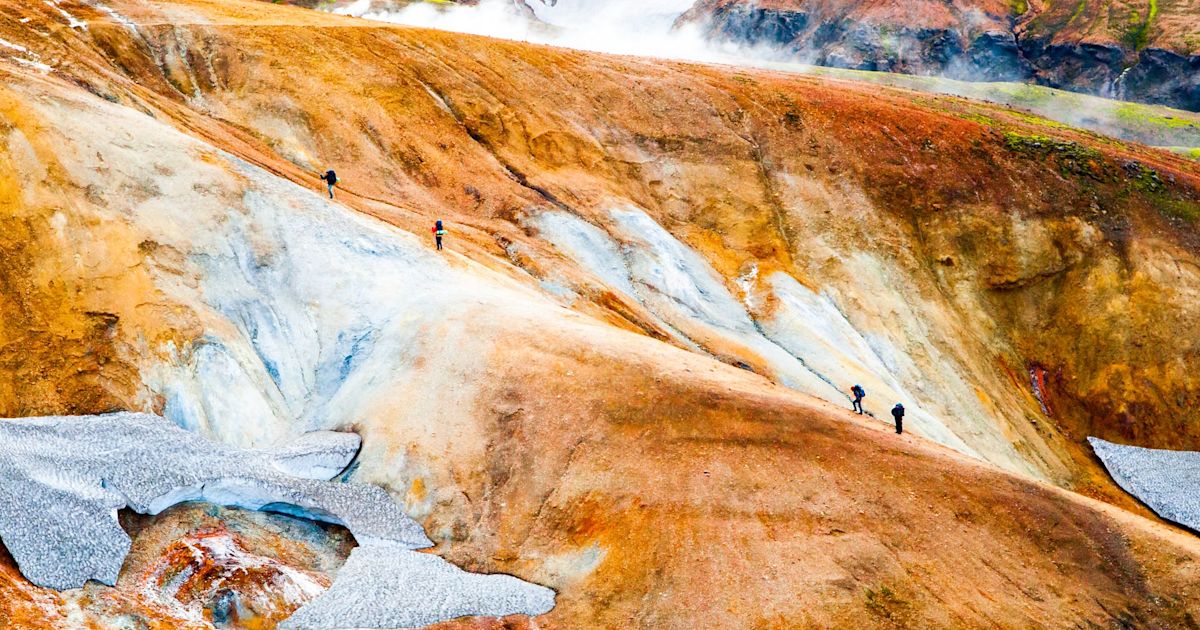
But it definitely took me a couple of trips to find my feet in the country - to find affordable ways to travel and places to eat; to navigate in a country with limited public transport.
Here’s what I wish I knew before visiting Iceland all those years ago.
It Can Snow in the Height of Summer
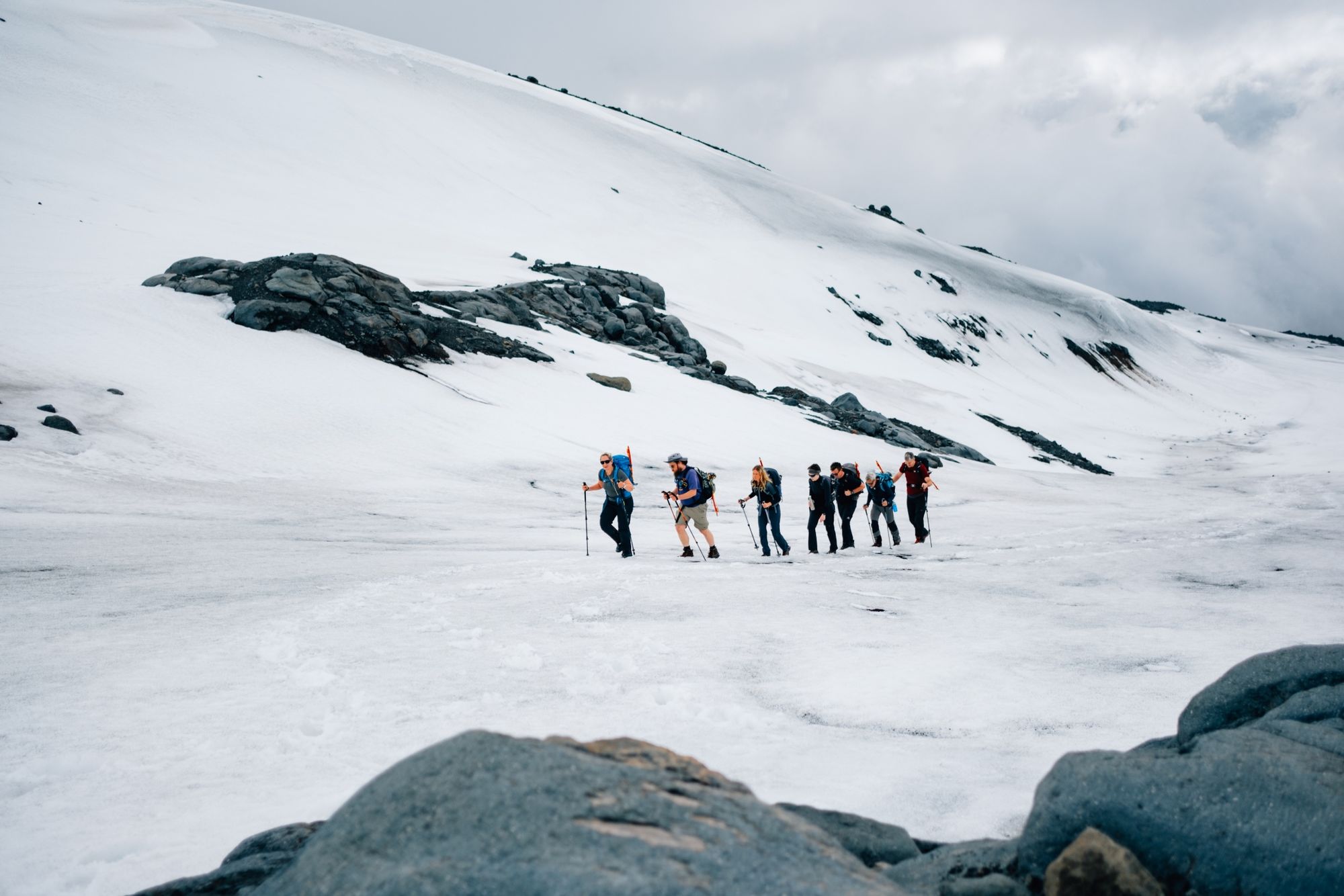
The clue’s in the name. Iceland’s weather is just as unpredictable as the UK’s, only dialled up to the max. I’ve experienced snowfall in August. On our Laugavegur trek in July, there was a storm so violent that most people’s tents blew away or ripped (something I was informed was a rare occurrence). But on the flipside, two days later I was sitting outside in the sunshine with my trousers rolled up.
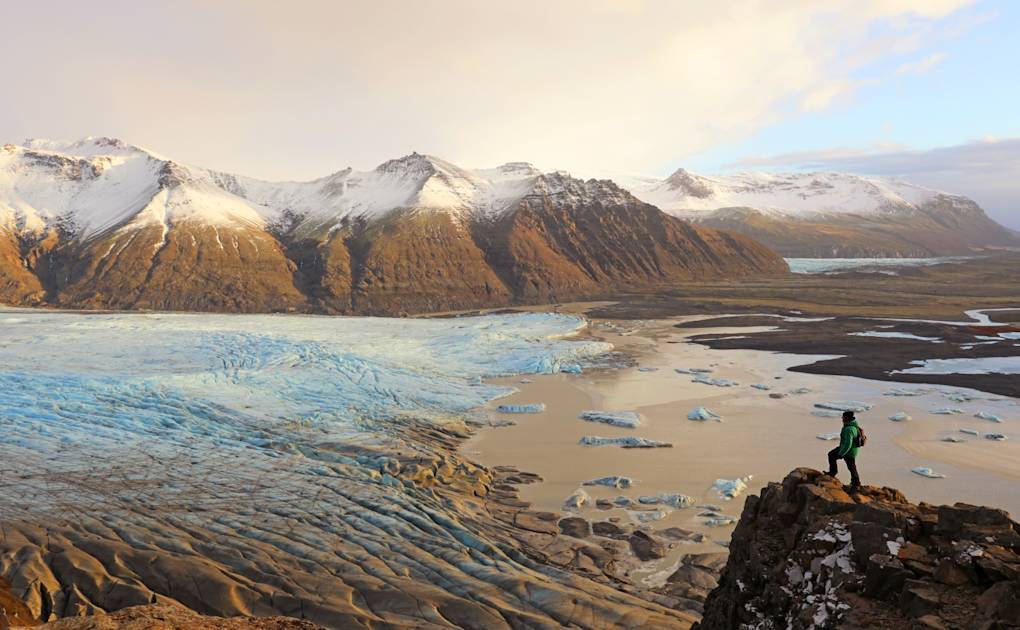
The old adage “there’s no bad weather, only unsuitable clothing for the weather” rings especially true for Iceland. Whatever time of year you travel, pack warm layers and waterproofs. And if you plan on camping, take a really good tent.
No Amount of Bad Weather Will Dim Its Stark Beauty
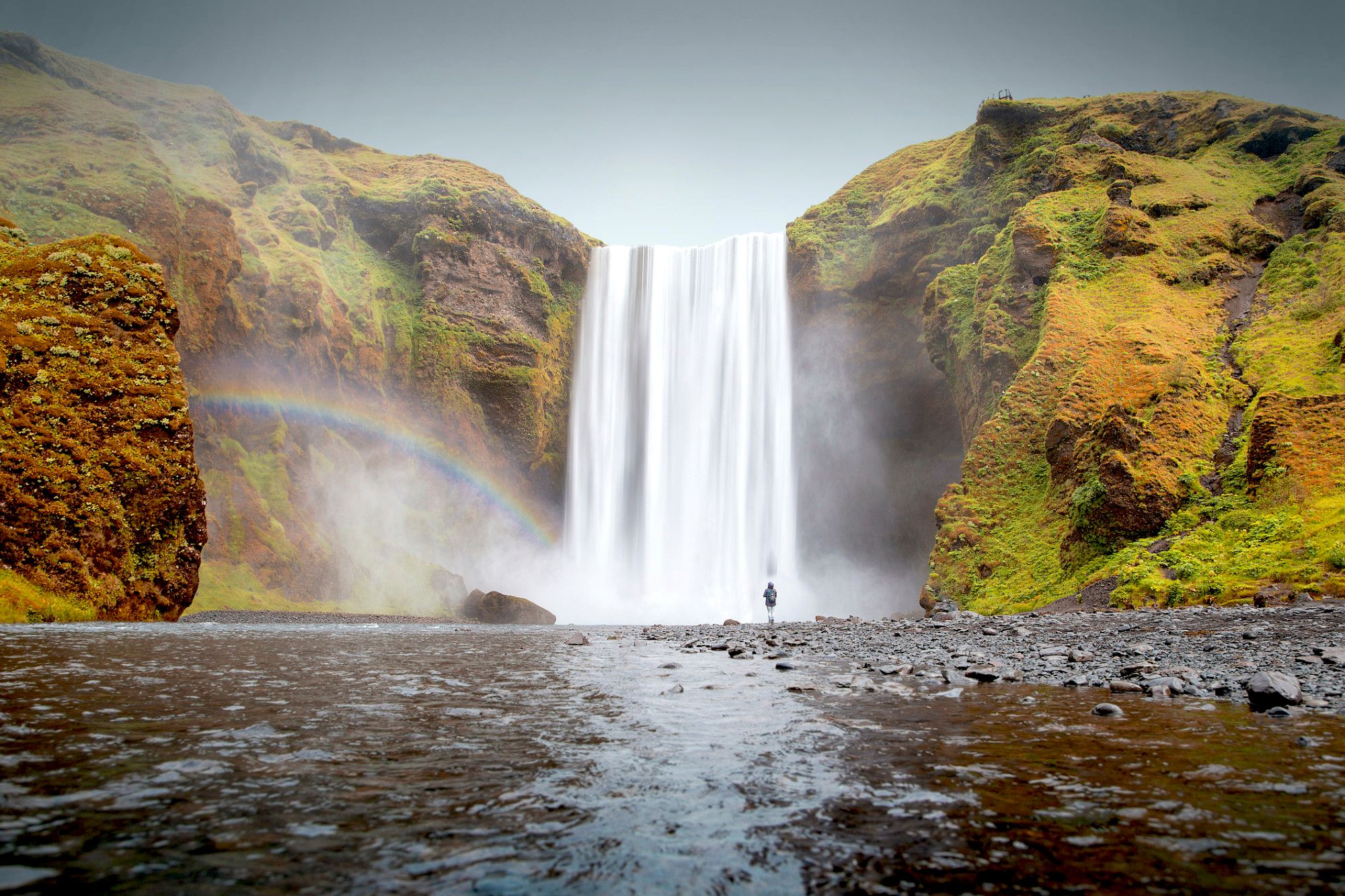
Iceland is one of the most aesthetically appealing places I’ve ever visited. It has a surreal, almost otherworldly beauty that’s entirely unique, being shaped by the contrasting forces of ‘fire and ice’. Even just driving on the ring road you’ll pass vast glaciers, lava fields carpeted in pale green moss and mirror-still fjords surrounded by volcanic mountains.

The variable weather only adds to its allure. Often one to avoid a rainy walk, in Iceland I’ve watched storms break out at sea and ripple along the coast towards me, making the waves churn and roil. I’ve visited Dimmuborgir - an area of towering lava pillars and unusual rock formations - out of season, when the black rock is half hidden by a thick blanket of snow, and was captivated by the monochromatic contrast. Whatever time of year you come, you’ll bound to end up slack-jawed and reaching for your camera again and again.
You Will Be Jealous of the Guided Groups on the Laugavegur Trek

When I trekked Laugavegur, I did so independently, as I knew I had the hiking experience to follow a clearly marked route without a guide. Indeed, I had no problems in this department. But the difficult part of trekking Laugavegur independently isn't navigation - it's carrying all your own food and gear. In an effort to reduce weight, we packed energy bars and dehydrated food, which we rationed out strictly.

For the groups, it was a different story. Every morning I watched with envy as they left before us, unencumbered by heavy bags. My jealousy intensified in the evening as we ate our meagre portions of instant noodles, while they sat down to vast portions of meatballs, mash and lingonberry jam, followed up by chocolate cake for dessert.
If I hiked Laugavegur again, I’d do it one of two ways. I’d either ‘fastpack’ over two or three days (it’s a 35-mile/56km route normally done in four stages). Or else I’d go with a guided group, take my sweet time, and enjoy a taste of the good life.
Head to Iceland’s Local Pools, Not the Blue Lagoon
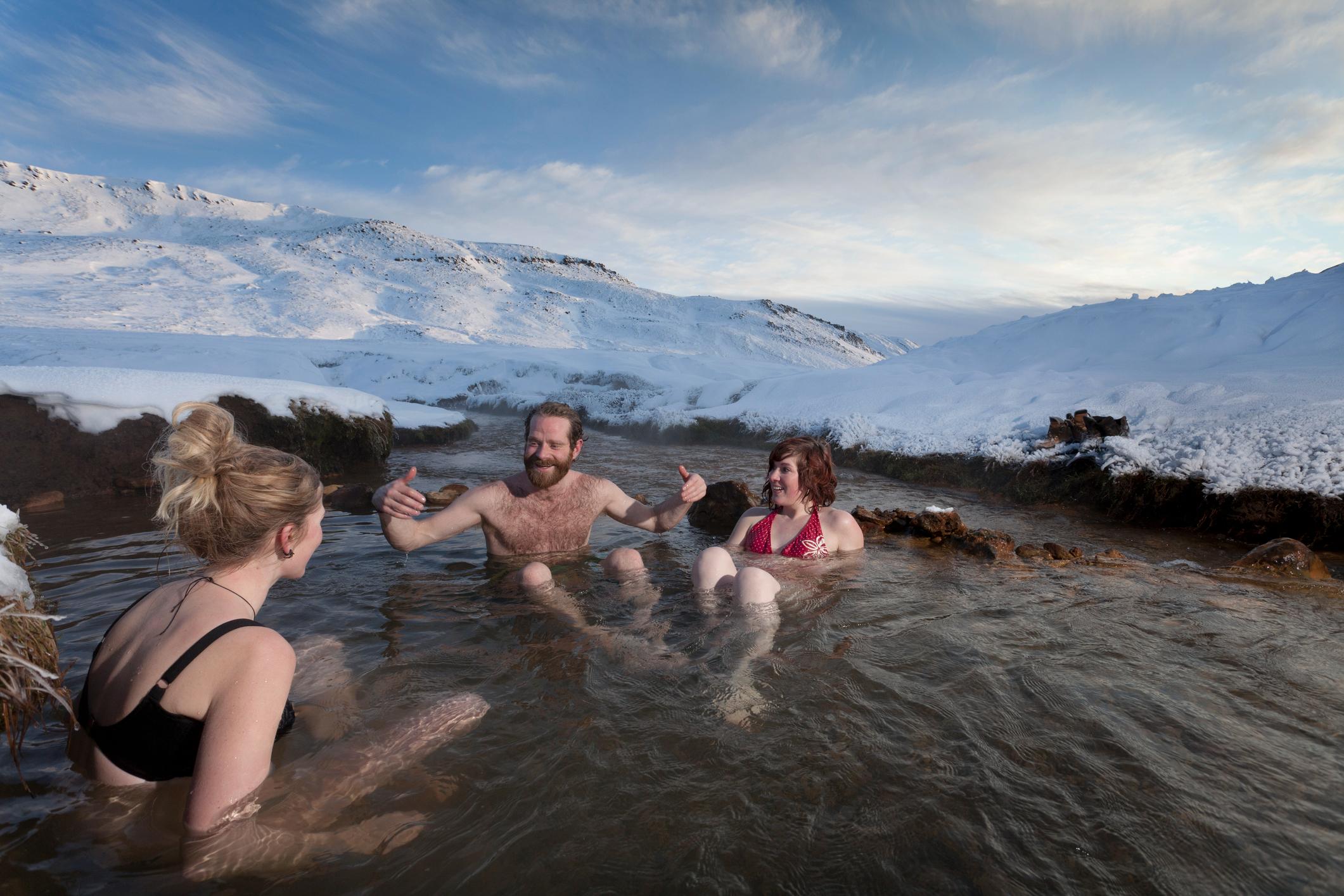
I’ve never been to the Blue Lagoon, largely because I find the cost prohibitive (especially when Iceland is full of geothermal springs you can dip in for free). However, when I began staying in Iceland for longer periods of time and hanging out with the locals, I was invited to meet them at the local swimming pools.
Like Finnish saunas or Turkish baths, people visit the pools to socialise. In Iceland, the government passed a law in 1940 making swimming lessons compulsory, as so many people drowned at sea - and the pool culture has grown since then.
Most local pools have indoor and outdoor pools for doing lengths - but you’ll also find smaller geothermally heated pools outside, where people go to chat. These are used all through the year - they’re great fun to sit in when it’s snowing.
Carpooling Can Cut Transport Costs
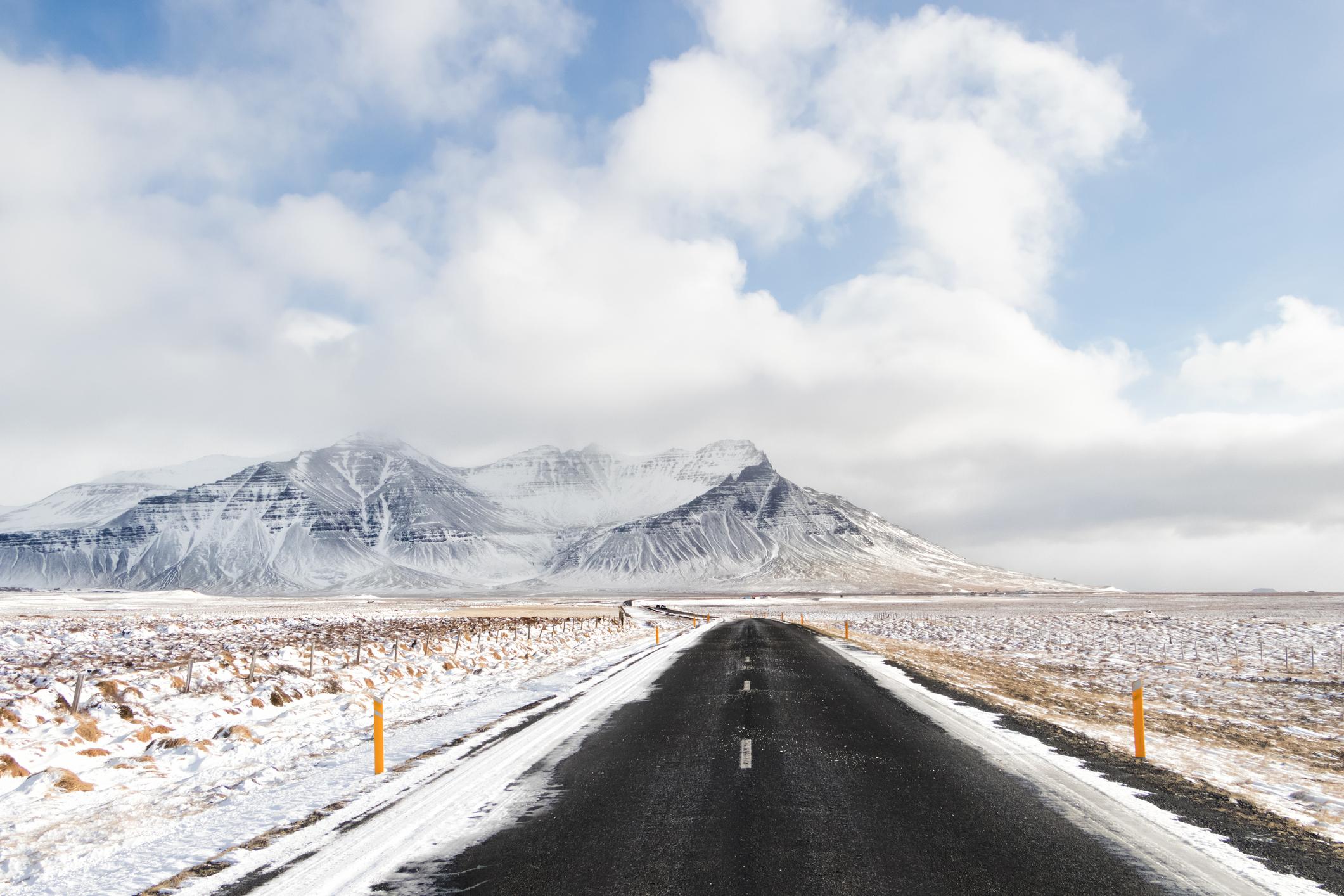
Most travellers to Iceland rent a car to travel around. However, this can prove expensive for those travelling solo for any great length of time - and some people might prefer a more environmentally friendly alternative.
Iceland has a public bus system, but buses are not that frequent or plentiful outside of Reykjavik and the south west. However, carpooling is a good alternative. A popular carpooling website is Samferda, where you can request either your journey or a lift - petrol costs are then split among the passengers. I’ve had an enjoyable journey between Akureryri and Reykjavik, for the fraction of the cost of taking the bus. I’ve also carpooled while staying at youth hostels in Iceland - most hostels have a board where you can share or advertise lifts.
Don’t Try Fish Oil For Breakfast
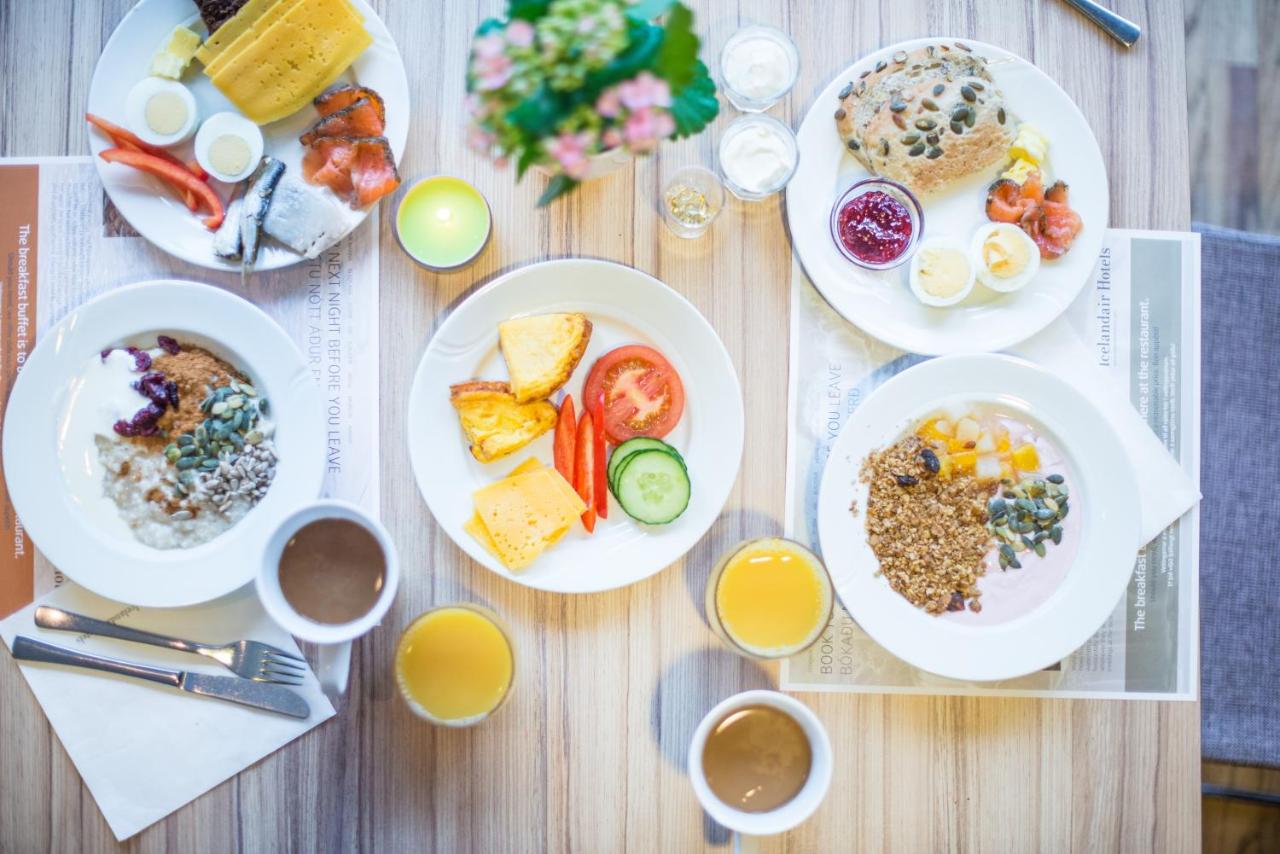
I stayed at a hostel where "Lýsi", or cod liver oil, was included as part of the breakfast buffet. It’s traditional in Iceland to have a shot of it every morning, thanks to its health benefits. Believing the best way to understand a culture is through food, I duly knocked one back.
Reader, I do not recommend it. Especially first thing in the morning. The pungent taste made me retch most unbecomingly.
Do Fuel Up With Hot Dogs and Soup
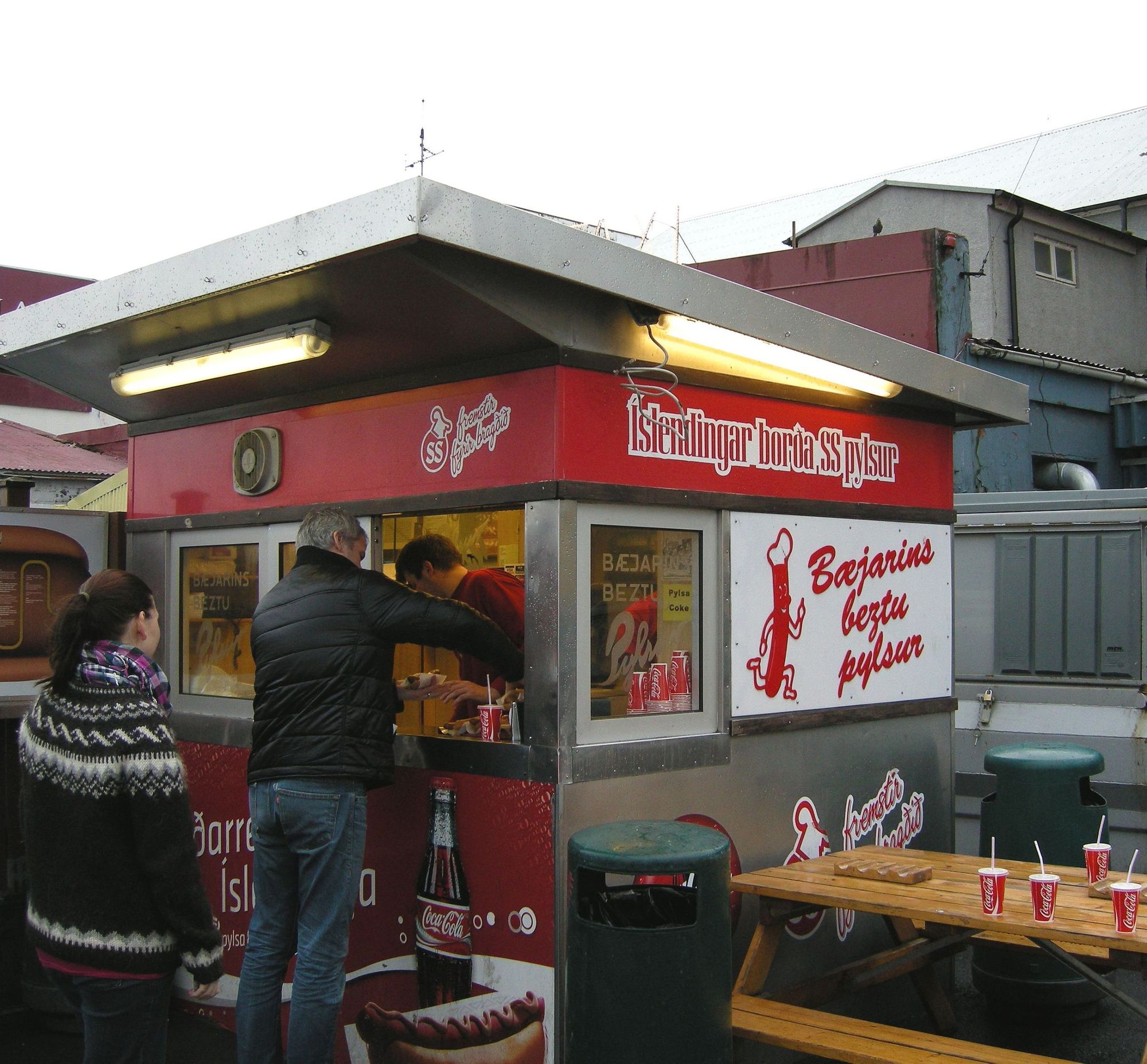
Eating out in Iceland isn’t cheap - in fact, Reykjavik was recently rated the second most expensive capital city in Europe for dining. If you’re looking for a more budget option, do as the locals do and grab a hot dog. The main ingredient in the ‘dogs’ is locally-sourced lamb, and traditional toppings include a mixture of raw and crispy fried onions, sweet brown mustard and remoulade, a sauce made with mayonnaise, capers and herbs. You’ll find hot dog stands in practically every town you visit.
Many Icelandic restaurants also offer a daily soup option, which is good for travellers on a budget. Icelandic soups tend to be hearty and flavour packed, such as ‘kjötsúpa’, a rich broth containing chunks of slow cooked lamb and root vegetables. I’m particularly fond of ‘humarsúpa’, a rich, creamy bisque made with langoustines that really hits the spot after a blustery coastal walk.
Inspired? Check out our Adventures in Iceland, taking place all year round.


